Unleashing the Power of Jiu Jitsu: Practical Self-Defense Mastery
This is a subtitle for your new post
In the realm of martial arts, Jiu Jitsu has emerged as a frontrunner, garnering widespread acclaim for its exceptional efficacy in self-defense. This comprehensive exploration aims to dissect the intricate elements that distinguish Jiu Jitsu among martial arts, with a particular focus on its applicability in practical self-defense scenarios.
Jiu Jitsu, commonly referred to as BJJ (Brazilian Jiu Jitsu), represents a dynamic martial art rooted in ground fighting and submission holds. Unlike traditional martial arts that emphasize striking techniques, Jiu Jitsu stands out by instilling practitioners with the skills to control and submit opponents through the art of grappling. This martial art's uniqueness lies in its emphasis on practical self-defense, making it an ideal choice for those seeking a comprehensive skill set to protect themselves in real-world situations.
Understanding Jiu Jitsu
Grappling is the cornerstone of Jiu Jitsu, emphasizing the significance of controlling an opponent effectively on the ground. This mastery of grappling is pivotal for self-defense, providing practitioners with the ability to leverage their body weight strategically. Jiu Jitsu enthusiasts learn the art of maneuvering, gaining dominance, and creating opportunities for submission holds, making it a martial art that excels in scenarios where taking the fight to the ground becomes a decisive factor.
Beyond grappling, Jiu Jitsu places substantial emphasis on submission holds and control techniques. In contrast to relying solely on striking, practitioners become adept at immobilizing and controlling opponents without causing undue harm. This nuanced approach not only enhances the efficiency of self-defense but also minimizes the risk of unnecessary escalation, embodying the art's commitment to practical and measured responses.
The Essence of Self Defense
At its core, practical self-defense requires adaptability and quick thinking. Jiu Jitsu encompasses these principles, offering a unique advantage with its focus on real-world application. Practitioners are empowered to defend themselves against adversaries of varying size and strength, thanks to the art's comprehensive curriculum that includes escapes, submissions, and other practical self-defense techniques. This holistic approach ensures that individuals are well-prepared for the dynamic nature of physical altercations.
The emphasis on adaptability and quick thinking sets Jiu Jitsu apart from many other martial arts. In self-defense, where situations can be unpredictable, the ability to assess and respond swiftly is invaluable. Jiu Jitsu instills a mindset that enables practitioners to navigate and overcome unexpected challenges, preparing them for the diverse scenarios encountered in real-life confrontations.
Grappling Mastery
Mastery of grappling is foundational to Jiu Jitsu, providing practitioners with a multifaceted skill set. As individuals progress in their Jiu Jitsu journey, they develop a keen understanding of how to use body weight and leverage effectively. This skill becomes a game-changer in self-defense situations, where control on the ground can often be the determining factor in the outcome of a confrontation.
Submission holds further exemplify the art's emphasis on control. Instead of inflicting harm through strikes, Jiu Jitsu practitioners learn to immobilize opponents through joint locks or chokes, providing a means of neutralizing threats with precision. This level of control is not only effective but aligns with the art's philosophy of using force judiciously, showcasing the art's commitment to responsible self-defense.
Submission Holds and Control
Submission holds in Jiu Jitsu showcase the art's depth in defensive tactics. Practitioners become proficient in applying and countering various submissions, enhancing their ability to control and, if necessary, incapacitate an opponent. This skill set becomes crucial in self-defense scenarios where the primary objective is to neutralize a threat without resorting to excessive force.
Beyond grappling and submission holds, Jiu Jitsu excels in the art of escapes. Escaping from dangerous situations is often the primary goal in self-defense, and Jiu Jitsu equips practitioners with a diverse array of escape techniques. Whether it's freeing oneself from a chokehold or maneuvering out of a disadvantageous ground position, these escape skills are vital in creating opportunities for a successful self-defense response.
Practical Self-Defense Scenarios
Jiu Jitsu's effectiveness in practical self-defense scenarios is a testament to its real-world applicability. The art equips individuals to defend against common attacks such as grabs, holds, or ground situations. Techniques learned on the mat are specifically tailored to address situations individuals may encounter in their daily lives. This practical approach ensures that practitioners are well-prepared to respond effectively to real-world threats.
Adaptability in self-defense is not only about physical techniques but also mental preparedness. Jiu Jitsu instills a mindset that promotes adaptability and quick decision-making. Practitioners learn to think on their feet, assess situations rapidly, and respond with the appropriate defensive techniques. This mental resilience enhances the effectiveness of Jiu Jitsu in self-defense and sets it apart from other martial arts.
Adaptability and Quick Thinking
In self-defense, where scenarios can evolve rapidly, adaptability is paramount. Jiu Jitsu not only imparts physical skills but also cultivates mental adaptability. Practitioners develop the ability to read and react to changing situations, making them better equipped to handle the unpredictability of real-life confrontations. This dual focus on physical and mental adaptability enhances the overall effectiveness of Jiu Jitsu as a self-defense martial art.
Brazilian Jiu Jitsu (BJJ) has transcended its Brazilian roots to become a global phenomenon. Its effectiveness in self-defense, combined with its inclusive and welcoming community, has contributed to its widespread adoption worldwide. BJJ academies around the globe offer a diverse and supportive environment for individuals of all backgrounds to learn and grow. The global impact of BJJ showcases its universal appeal and its relevance in addressing the self-defense needs of people across cultures.
Brazilian Jiu Jitsu (BJJ) and Its Global Impact
Originating from Brazil, Jiu Jitsu has become a global phenomenon, transcending cultural boundaries. Its effectiveness in self-defense, combined with its inclusive and welcoming community, has contributed to its widespread adoption worldwide. BJJ academies around the globe offer a diverse and supportive environment for individuals of all backgrounds to learn and grow.
The Role of Escapes in Self Defense
Escaping from a dangerous situation is often the primary objective in self-defense, and Jiu Jitsu excels in teaching effective escape techniques. Whether it's a chokehold or a challenging ground position, the art equips practitioners with the skills needed to escape and gain control. This emphasis on escapes enhances one's ability to navigate and overcome threatening situations, providing a comprehensive skill set for self-preservation.
Practical application is a key strength of Jiu Jitsu, as the techniques learned on the mat easily translate to real-world scenarios. Practitioners can seamlessly integrate their Jiu Jitsu skills into their daily lives, making it more than just a martial art—it becomes a practical tool for navigating and responding to various challenges.
Practical Application in Everyday Life
One of the key strengths of Jiu Jitsu is its seamless integration into everyday life. The techniques learned on the mat easily translate to real-world scenarios, providing practitioners with a practical skill set they can carry with them at all times. Jiu Jitsu becomes more than just a martial art; it becomes a way of thinking and reacting to the challenges of daily life.
Jiu Jitsu excels in addressing practical self-defense needs, offering a skill set that goes beyond the confines of the gym or dojo. Whether it's dealing with an aggressive encounter on the street or managing a physical altercation, the adaptability and quick thinking instilled by Jiu Jitsu empower individuals to navigate life's challenges with confidence.
Comparing Martial Arts
While various martial arts exist, each with its strengths, Jiu Jitsu stands out for its practicality and effectiveness in self-defense. This section will briefly compare Jiu Jitsu to other martial arts, highlighting the distinct advantages it offers. Understanding these differences can help individuals make an informed decision when choosing a martial art for self-defense.
Comparing martial arts is essential for individuals seeking the most effective self-defense tool. While striking-focused martial arts have their merits, they may lack the comprehensive ground-fighting skills that Jiu Jitsu provides. Additionally, the adaptability and practicality of Jiu Jitsu set it apart, ensuring that practitioners are well-equipped to handle a wide range of self-defense scenarios.
The Evolution of Jiu Jitsu
As Jiu Jitsu continues to evolve, it embraces elements from various disciplines, further enhancing its effectiveness. The art adapts to new challenges, incorporating valuable insights from other martial arts and self-defense systems. This ongoing evolution ensures that practitioners stay well-rounded and equipped to handle an ever-changing landscape of self-defense scenarios.
Jiu Jitsu's evolution extends beyond technique refinement; it encompasses a broader understanding of self-defense principles. Incorporating insights from disciplines such as wrestling, judo, and even elements of striking arts, modern Jiu Jitsu practitioners benefit from a holistic approach that prepares them for diverse confrontations. This commitment to evolution positions Jiu Jitsu as a dynamic and forward-thinking martial art.
Building a Supportive Community
Beyond its physical benefits, Jiu Jitsu fosters a sense of community among its practitioners. Training partners become allies in the journey of self-improvement and self-defense mastery. The support and camaraderie within the Jiu Jitsu community contribute to a positive and encouraging environment for individuals to thrive.
The community aspect of Jiu Jitsu plays a crucial role in self-defense preparation. Training with diverse partners exposes practitioners to different body types, skill levels, and approaches to self-defense. This diversity enhances adaptability and prepares individuals for a wide range of potential threats, reflecting the collaborative nature of the Jiu Jitsu community.
Conclusion
In conclusion, the choice of a martial art for self-defense is a deeply personal one, but the effectiveness of Jiu Jitsu in real-world scenarios is undeniably compelling. Its focus on practical techniques, adaptability, and control sets it apart from other martial arts. For those considering delving into the world of Jiu Jitsu, Southside Jiu Jitsu Club offers a Free Intro Class. Schedule your intro class today to experience the transformative power of Jiu Jitsu in self-defense.
Previous Blogs
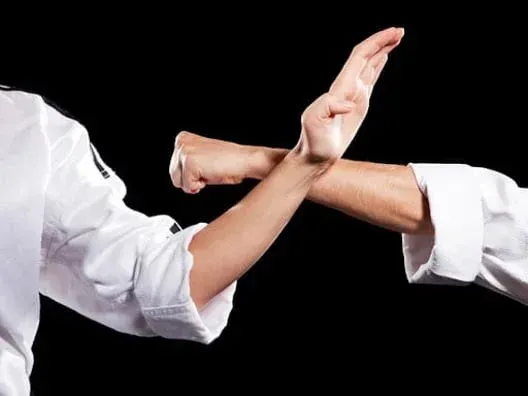
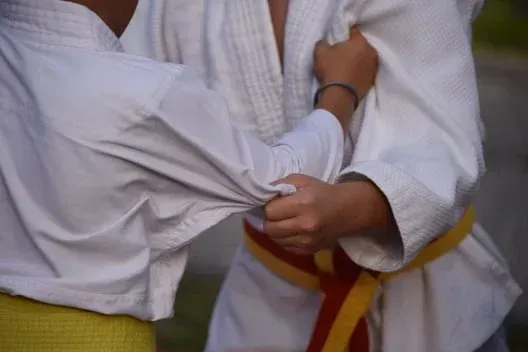

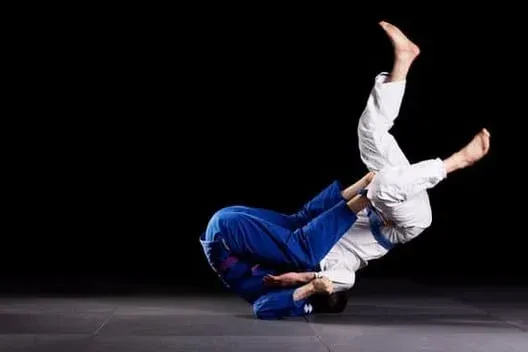
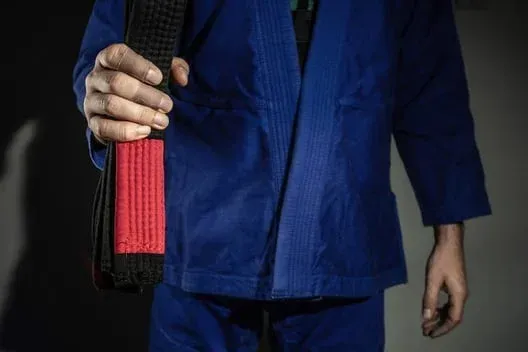
QUICK LINKS
CONTACT
6311 S Maryland Ave (Retail Spaces 837 - 841 63rd St.) Chicago, IL., 60637
HOURS
- Mon, Thu
- - -
- Tue, Fri
- -
- Wednesday
- -
- Saturday
- -
- Sunday
- Closed
